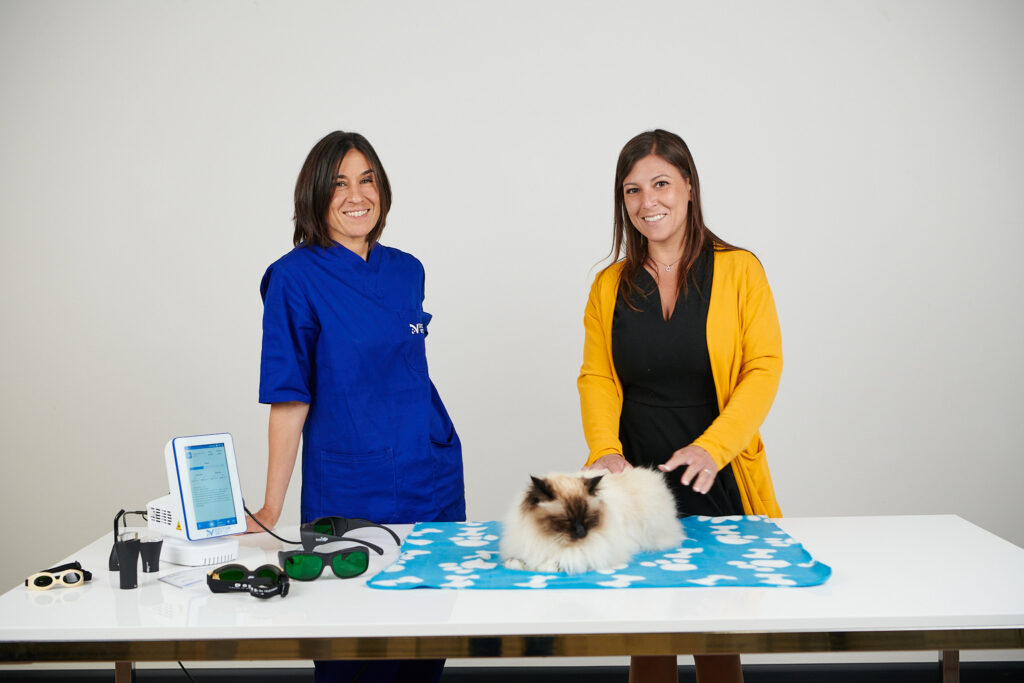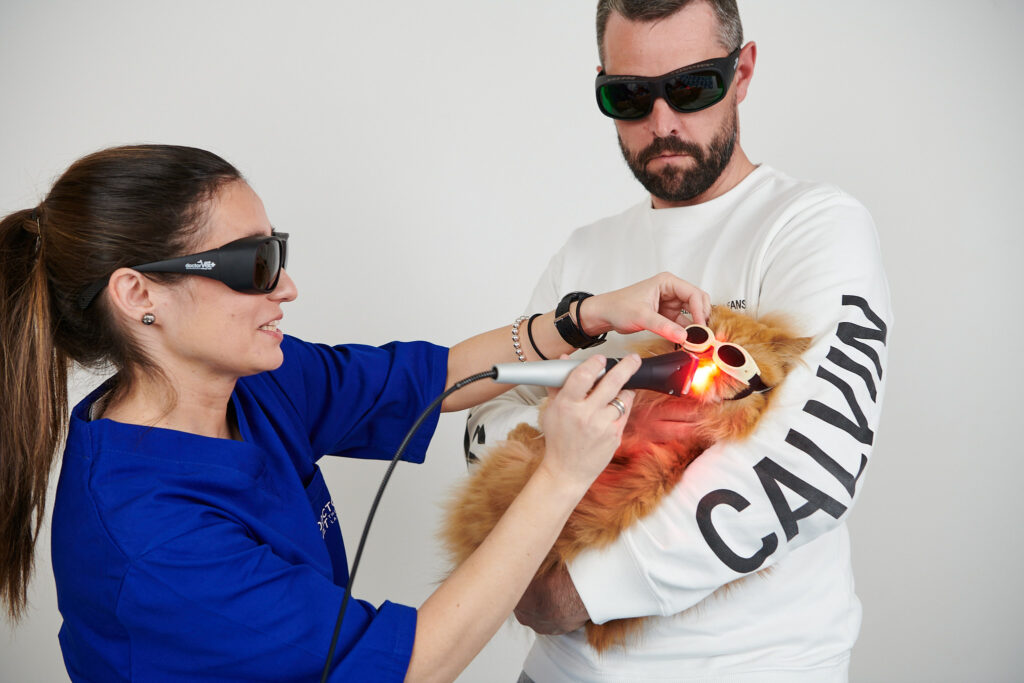Feline asthma encompasses such pathologies as chronic bronchitis, allergic bronchitis, bronchial asthma and chronic allergic bronchitis, affecting 3-5% of the feline population. It presents as a result of abnormal hypersensitivity responses to environmental irritants1. It is characterised by a reduction to the bronchial lumen caused by acute bronchoconstriction, oedema and an increase in airway mucous secretion2.
The interaction between eosinophils and T helper lymphocytes (Th2) when responding to inflammatory stimuli leads to the production of IgE for the antigen inhaled, causing the degranulation of mast cells and eosinophils. This releases vasoactive and inflammatory substances that cause an irritative response in the respiratory epithelium, leading to hypertrophy, metaplasia, erosion and epithelial ulceration.
An increase in certain interleukins, such as IL-4, IL-5, IL-6 and others3, has also been observed in this process. This causes mucous secretion and leads to smooth muscle contraction.

Unlike in dogs and humans, serotonin plays a fundamental role instead of histamine2.
The usual symptoms of this ethiopathogeny are coughing, wheezing, exertional dyspnoea and acute bronchoconstriction leading to serious cases of dyspnoea4. These may be seasonal symptoms. A differential diagnosis of chronic bronchitis should be made4.
This diagnosis should be based on a correct physical examination, thoracic x-rays and tracheal or bronchoalveolar lavages (in which an increase in eosinophils is observed in asthma cases or an increase in neutrophils2.4 in cases of chronic bronchitis).
Treatment is based on the use of inhalers and aerosol therapy using various drugs, such as corticosteroids or bronchodilators. Immunotherapy and environment control are also used5.
Laser therapy has been shown to be useful in controlling inflammation in various tissues and there are several studies that show the benefits of laser therapy in asthma by creating a Th1/Th2 balance and reducing the levels of certain pro-inflammatory interleukins (such as IL-4, IL-5 and IL-6), reducing bronchoconstriction, mucous and eosinophil levels6,7,8. Hence, laser therapy could become an effective tool in the treatment of feline asthma.

Seeing is believing!
Book a demo now to learn how DoctorVet works!
DoctorVet has protocols that can help ease the symptoms and changes that stem from this disease. The inflammation protocol would be the protocol of choice, possibly in combination with the sub-dermal protocol depending on the symptoms present in the patient (due to the characteristics of the latter).
The zoom treatment head is recommended, with treatment applied using the scanning technique in contact mode between the ribs to ensure reaching the target tissue. If the patient is unable to tolerate contact mode, we recommend using the sweeper treatment head and the scanning application technique in non-contact mode. T
wo sessions/week may initially be required for treatment. Sessions may be spread further apart during periods when the patient is stable.

Via dell’Impresa, 1
36040 Brendola (VI)
VAT 02558810244
C.R. VI 240226
© Copyright 2016-2021 LAMBDA S.p.A. | Privacy Policy